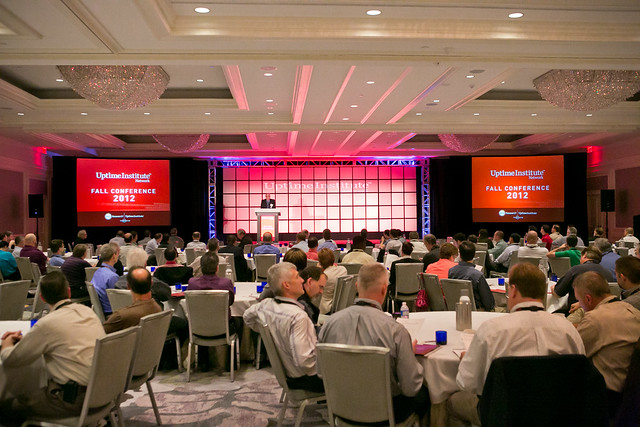If you asked an experienced data center person how many times a day they are blind to what is going on. They don't know. Why? Because, you are asking them to see what they don't perceive, how many times you miss seeing something.
i-Perception has a post on research done to discover the frequency of when people miss a fight.
If you don't think this research applies, then you are probably of a mindset that you have a photographic memory and can remember all kind of details. But, it is impossible to have a perfect photographic memory.
The Truth About Photographic Memory
When a professor studied Eidetic (photographic memory), he found they were not perfect.
Alan Searleman, a professor of psychology at St. Lawrence University in New York, says eidetic imagery comes closest to being photographic. When shown an unfamiliar image for 30 seconds, so-called "eidetikers" can vividly describe the image—for example, how many petals are on a flower in a garden scene. They report "seeing" the image, and their eyes appear to scan across the image as they describe it. Still, their reports sometimes contain errors, and their accuracy fades after just a few minutes. Says Searleman, "If they were truly 'photographic' in nature, you wouldn't expect any errors at all."
Now, you may think you are the exception, but consider this reason why we don't have photographic memory.
Although psychologists don't know why children lose the ability, the loss of this skill may be functional: Were humans to remember every single image, it would be difficult to make it through the day.
And, even if you do have photographic memory, does everyone else in your data center team?
So, how many mistakes and errors in judgement are made because people are absolutely sure they saw something or sure that something did not occur, when in fact they are wrong.
Being wrong is painful, and the reality is we are blind every day. Yet, how many systems, processes, and management decisions all make the assumption that you see everything and remember all the details. That everyone has a perfect photographic memory.




